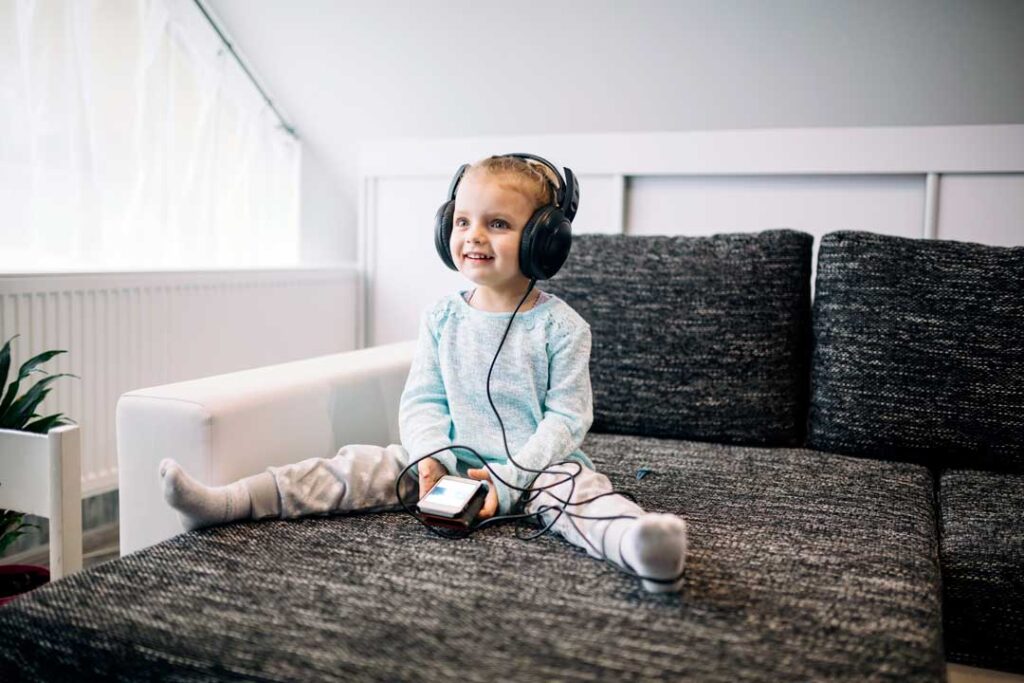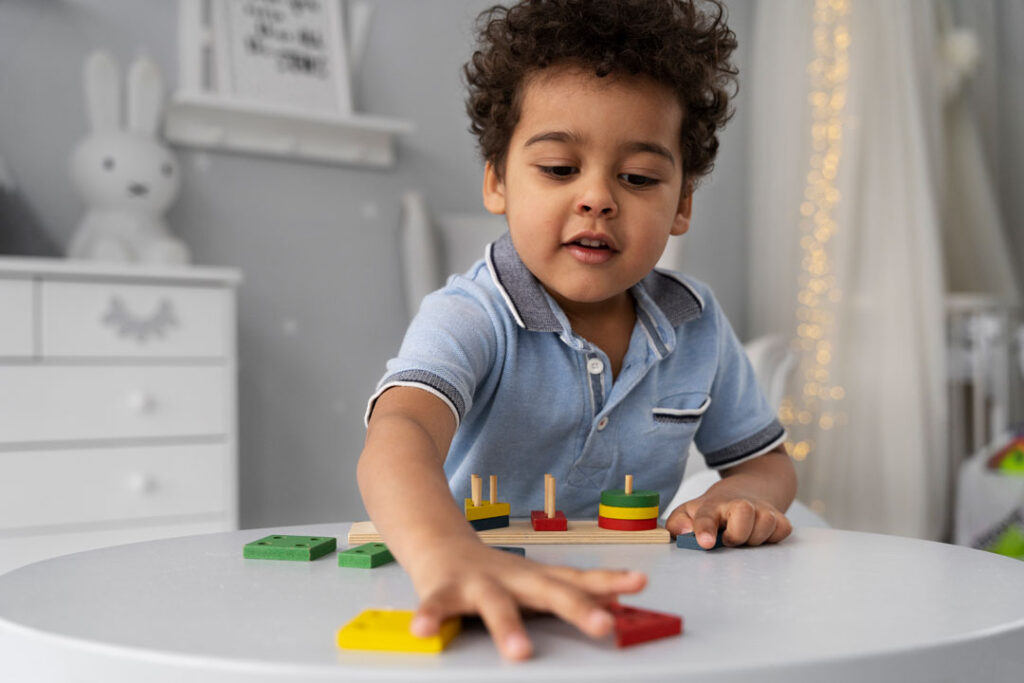The reality is, you can’t pour from an empty cup. Finding ways to sneak in quick breaks can help you reset, recharge, and continue to provide the best care possible without feeling overwhelmed. Here are some psychologist-approved hacks for fitting in small moments of rest throughout your day, all while keeping your cool and maintaining a calm environment for your child.
Autism Hack 1. Create Structured Transition Times
Children with autism often thrive on routines and predictability. You can use this to your advantage by building in structured “transition times” during the day. For example, when your child is moving from one activity to another, such as from playtime to snack time or from outdoor activities to indoor play, this can be a perfect window for a mini-break.
While they’re engaged in a routine transition task, like washing their hands or cleaning up toys, take a moment to breathe deeply, stretch, or grab a sip of water. These short, deliberate pauses can make a world of difference without disrupting your child’s sense of routine.
Autism Hack 2. Use Calming Sensory Activities
Many children with autism respond well to sensory activities that help them self-regulate. Whether it’s playing with kinetic sand, water play, or a calming sensory bin, these activities can give your child the stimulation they need while also providing you with a few minutes to rest.
Set up a sensory activity that your child enjoys and can do independently. Once they’re engaged, take those precious minutes to relax—sit down, close your eyes for a moment, or simply enjoy a few moments of silence.
Autism Hack 3. Incorporate Mindful Moments
Mindfulness isn’t just for adults; it can be an incredibly beneficial tool for children with autism as well. You can guide your child through short, mindful breathing exercises or sensory grounding techniques, where they focus on what they can see, hear, smell, touch, and taste.
While helping your child practice these exercises, you can join in too! Taking just a few minutes to breathe deeply and mindfully can reduce your stress levels and help you approach the rest of your day with a clearer mind.
Autism Hack 4. Designate a “Chill-Out Zone”
Create a quiet, safe space in your home or classroom where your child can retreat to if they’re feeling overwhelmed or overstimulated. This could be a small corner with soft pillows, calming lights, or a weighted blanket. Encourage your child to use this space when they need to decompress.
When your child is calm in their chill-out zone, you can use this opportunity for a mini-break yourself. Even if it’s just for a few minutes, having that downtime can help you reset and prepare for whatever comes next in the day.
Autism Hack 5. Leverage Technology for Short Breaks
Although screen time is often a topic of debate, carefully choosing content can create a brief window for you to rest while your child is engaged. There are many autism-friendly apps and videos that provide educational, sensory, or calming experiences for children on the spectrum.
If your child enjoys these resources, use them strategically when you need a quick breather. Just a 10-minute break to recharge can help you regain your focus and stay composed for the rest of the day.
Autism Hack 6. Ask for Help
Never underestimate the power of a support network. Whether it’s a partner, friend, or relative, having someone step in for a few minutes to watch your child while you take a breather can be incredibly helpful. Remember, asking for help isn’t a sign of weakness—it’s a proactive way to ensure you have the energy to be the best caregiver you can be.
If you don’t have immediate help available, consider setting up a virtual support system. Many caregivers coordinate virtual “playdates” with other families or set up video calls with loved ones to keep their child entertained for a few minutes, giving them a short, but much-needed break.
Autism Hack 7. Use Positive Reinforcement for Independent Play
Encouraging independent play is a valuable skill for any child, and it can give you a chance to rest while they are still productively engaged. Use positive reinforcement to reward your child when they play independently. This can be as simple as setting up a favorite puzzle, toy, or quiet activity in a safe space, and praising them for focusing on it.
As they become more comfortable with independent play, you’ll have more opportunities to sneak in those mini-breaks without feeling guilty.
Remember: Breaks Benefit Everyone
It’s easy to feel like you need to be “on” at all times when caring for a child with autism. But remember, taking care of yourself is just as important as taking care of them. When you feel rested and less stressed, you’re better equipped to handle the challenges that come with autism care.
By sneaking in these quick breaks, you’ll find that you have more patience, energy, and mental clarity to give your child the attention and care they deserve. It’s all about balance—and with these autism-friendly hacks, you can maintain your cool, stay refreshed, and continue being the amazing support system your child needs.



